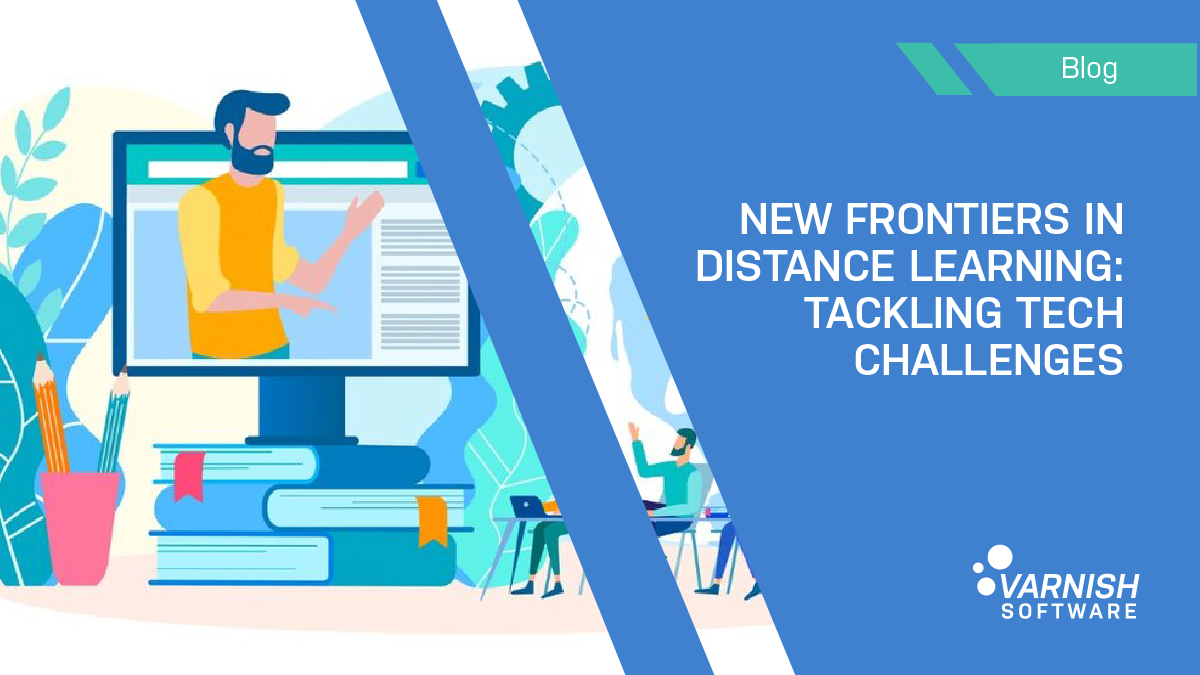Recent years have seen the creation and adoption of completely online university degree programs and free and low-cost e-learning programs, platforms and apps that help people do everything from building a marketing plan to learning a new language. Fueling this growth were investments of almost 19 billion USD in 2019 in the edtech industry, which was projected to increase to 350 billion USD by 2025.

Photo: iStock
But that was before “lockdown learning” became the norm, thanks to the COVID-19 virus. The move to near-comprehensive virtual learning became the only way learning could continue. It doesn't look like this will end anytime soon, as universities like Cambridge in the United Kingdom have announced that online lectures will continue through 2021. And IT departments across university and academic environments, which often function like independent service and support providers within the larger organization, found themselves having to scale up availability, access control, performance and security measures for massive global academic populations at a level they’d never experienced before.
Building up for anywhere learning
Making sure these infrastructural puzzle pieces fit together when everything is operating normally is challenging enough. But we are in an abnormal moment in which schools and universities with online presences have had to beef up their infrastructures and tooling, and institutions with very little or no online learning options at all have had to rush online with almost no preparation, building as they go.
Whether ensuring uptime and secure access for course materials or student records, or streaming live and on-demand lectures, or scaling up collaboration tools to meet demand, there are a few fundamental features to consider in getting ready for the technical challenges of a remote-dominant learning paradigm:
- Security and privacy: Even when education is primarily on-campus, university networks are notoriously challenging to secure. Going all online, these challenges are amplified.
- Access control: Academic institutions’ sites and access to them are a bit like the infamous Russian doll - controlling access to all these layers is key.
- Performance at scale: The speed and resilience of your content delivery at scale will determine how engaged students are and how successful your online education offerings are.
- Integrating online and e-learning-specific tools: Ensure access to dedicated e-learning platforms, which are often out-of-the-box solutions that have nothing to do with the school/university or are homegrown departmentally and can create technical and content delivery challenges.
- Scalability and reach: Academia has gone global, and your infrastructure has to seamlessly scale up to meet demand and be accessible wherever your students are.
- Flexibility: Being able to customize solutions and add on more functionality as demands change helps avoid lock-in and one-size-fits-all models that don’t fit dynamic IT environments.
- Cost control: Protect budgets, potentially reduce costs and tap into the efficiency that existing resources can offer.
Varnish can help support the need to account for performance, availability, accessibility and security to help you tackle the immediate virtual-learning challenges and take advantage of the long-term remote-learning opportunity. Ready to learn more?
/VS-logo-2020-197x60.png?width=136&height=60&name=VS-logo-2020-197x60.png)

